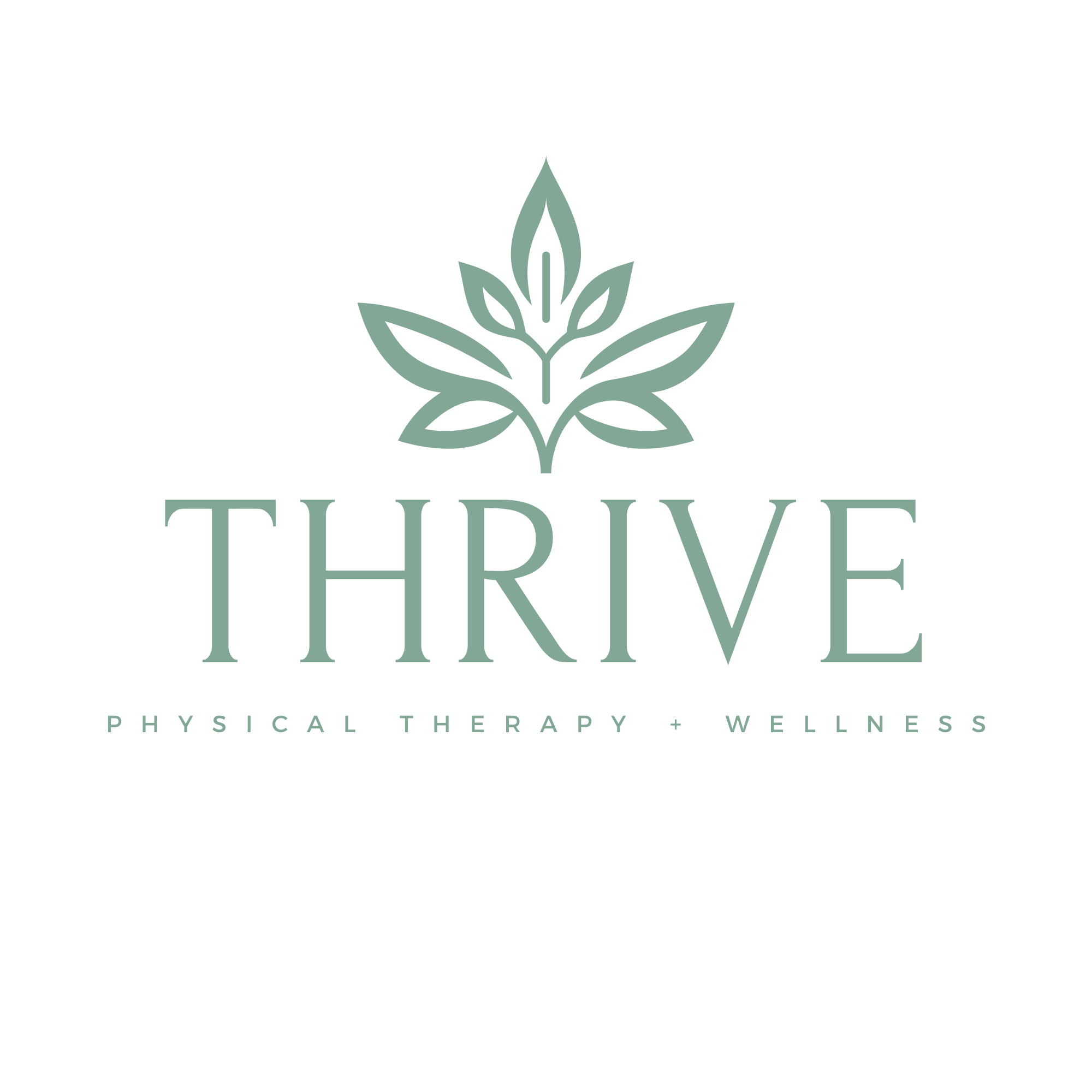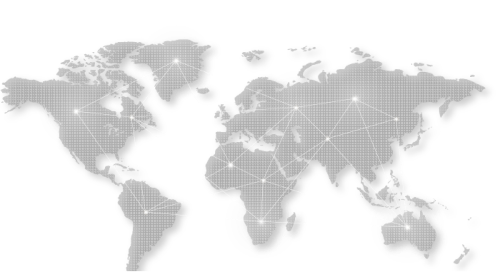
If you’re reading this, chances are you’ve experienced some form of elbow pain — maybe from an old injury, repetitive use, or just the wear and tear of everyday life. Elbow pain can be frustrating and often disrupts your daily routine, whether it’s typing at work, playing your favorite sport, or even simple tasks like lifting a cup of coffee. So, a big question naturally comes up: How long will it take for therapy to actually help?
Let’s unpack this together.
Understanding Elbow Pain and Its Causes
First, it’s important to recognize that “elbow pain” isn’t just one condition but a range of possible issues affecting tendons, ligaments, nerves, or bones in the elbow region. Conditions like tennis elbow (lateral epicondylitis), golfer’s elbow (medial epicondylitis), bursitis, arthritis, or even nerve entrapments can all cause discomfort.
Each diagnosis comes with its own timeline and therapy approach. For instance, tennis elbow — a common overuse injury — typically responds well to physical therapy, but the recovery time depends heavily on the severity and how early treatment begins.
Why Therapy? The Role of Physical Therapy in Elbow Pain Relief
Before we jump into timelines, let’s talk about why physical therapy is such a key player. Unlike popping a pill for temporary pain relief, physical therapy addresses the root cause — strengthening muscles, improving joint mechanics, reducing inflammation, and restoring flexibility.
At Thrive Physical Therapy, therapists take a comprehensive, patient-centered approach. They don’t just focus on your elbow; they consider your posture, arm movements, and lifestyle factors that might be contributing to your pain.
This holistic approach tends to improve outcomes, but it also means therapy isn’t a quick fix — it’s a gradual process aimed at sustainable healing.
How Soon Can You Expect Relief?
This is the million-dollar question, right? The honest answer is: it depends. But let me walk you through what you might expect, based on typical experiences at Thrive Physical Therapy.
In many cases, patients start to feel noticeable improvements within the first two to four weeks of consistent therapy sessions. These early changes often come from reducing inflammation and learning how to avoid movements that exacerbate pain.
During these initial weeks, therapy might include gentle stretching, light strengthening exercises, manual therapy (hands-on techniques), and education about activity modification. It’s about calming the acute symptoms and beginning to rebuild.
However, for more chronic or severe cases — think of elbow pain persisting for months or even years — relief may take longer. Some patients notice steady progress over six to twelve weeks or more, depending on how much tissue healing is required and how committed they are to following the prescribed exercises at home.
It’s important to recognize that everyone’s body is different. Factors like age, overall health, the specific diagnosis, and your daily habits can all influence how quickly therapy works.
Why Does the Timeline Vary So Much?
You might wonder why there’s such a range in recovery times. The elbow is a complex joint, and the underlying cause of pain often determines the speed of healing.
For instance, a mild case of tendon inflammation might calm down quickly with rest and therapy, while a tendon with microscopic tears could require a longer healing phase. Similarly, if nerve irritation is part of the picture, therapy might focus on nerve gliding techniques and posture correction, which take time to show results.
Moreover, how soon therapy begins after the onset of pain plays a major role. Early intervention often leads to quicker and more complete recovery. When patients delay therapy or try to “push through” pain, they may worsen the injury, requiring a longer course of treatment.
The Importance of Consistency and Patient Participation
Another crucial factor in how long therapy takes is how actively you participate. Physical therapy isn’t something you do only during office visits. The exercises, stretches, and ergonomic changes you practice at home often dictate the overall success and speed of recovery.
Thrive Physical Therapy emphasizes patient education, ensuring you understand why each exercise matters and how to integrate new habits into your daily life. This partnership between therapist and patient helps speed up healing and reduce chances of recurring pain.
What Does a Typical Therapy Plan Look Like?
When you first walk into Thrive Physical Therapy for elbow pain, you’ll undergo a detailed assessment — not just of your elbow but of your entire upper extremity and posture. This helps identify contributing factors that might not be obvious, such as shoulder weakness or neck tightness.
Your customized plan might begin with gentle movements and pain-relieving modalities, progressing into strength and flexibility exercises. Therapists also guide you in modifying activities that strain your elbow, whether it’s adjusting your typing posture or changing your tennis swing.
Throughout the process, your progress is regularly evaluated, and the plan adjusted to keep you moving forward. This dynamic approach means therapy length can flex depending on how your body responds.

Beyond the Therapy Room: Lifestyle and Recovery
Remember, healing doesn’t happen just in the therapy sessions. How you manage your lifestyle impacts your elbow’s recovery too.
Simple things like ensuring ergonomic work setups, taking breaks during repetitive tasks, and avoiding aggravating activities help your therapy work better and faster. Sleep, nutrition, and stress management also play supporting roles in tissue healing and inflammation control.
Thrive Physical Therapy coaches patients on all these fronts, aiming to empower you with tools to manage your elbow health long term, reducing the likelihood of setbacks.
When Might You Need Additional Interventions?
Sometimes, physical therapy alone might not resolve elbow pain as quickly as hoped. This isn’t a failure but rather a sign that other interventions could be needed, such as injections or, in rare cases, surgery.
However, most patients benefit significantly from conservative care at Thrive Physical Therapy, especially when therapy starts early and is paired with lifestyle modifications.
The goal of therapy isn’t just quick pain relief but restoring full function and preventing future injury, which sometimes means a slightly longer but more meaningful healing journey.
Suggested Reading: Elbow Pain from Overuse: How Physical Therapy Can Help
Conclusion: Patience, Persistence, and Personalized Care Lead to Lasting Relief
So, how long does elbow pain therapy take to provide relief? The answer isn’t one-size-fits-all. Many patients notice improvements within weeks, but full recovery can take a few months, especially for more stubborn or chronic conditions.
What matters most is early, consistent therapy tailored to your unique situation — something Thrive Physical Therapy specializes in. Their expert therapists combine hands-on care, personalized exercise plans, and comprehensive lifestyle guidance to get you back to living pain-free.
If you’re struggling with elbow pain and wondering when relief will come, don’t wait to seek professional help. Early intervention not only speeds up recovery but also prevents long-term damage.
For those ready to take the next step, Thrive Physical Therapy offers a welcoming environment where your elbow health is the priority. Their approach is patient-focused, evidence-based, and designed to fit into your busy life seamlessly. Discover how expert care and compassionate guidance can transform your healing journey by visiting https://thriveptclinic.com/ today.

